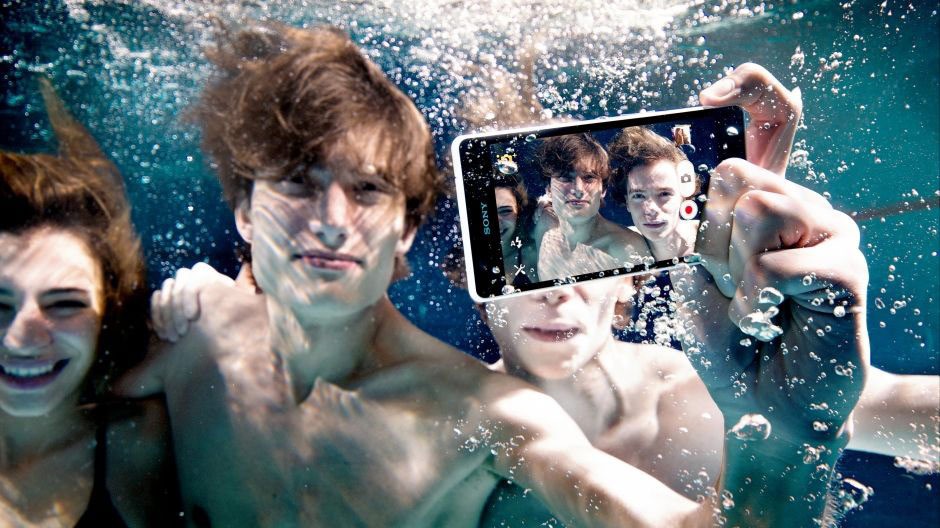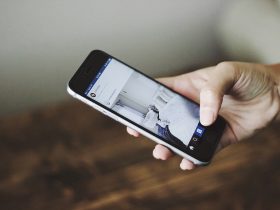It seems that with each passing year, more and more advancements are made in technology. This is especially true about smartphones, which have gone from having relatively small screens, bulky builds and low quality cameras. Now, in many of today’s flagship smartphones, there is a standard that is quickly become precedence — water resistance.
Water resistance is a feature that is mandatory for many users. People who work around or in water, or those who work in other environments where there is some risk of getting wet consider it a lifesaver, as smartphones are largely considered to be users’ lifelines.
The water resistance feature was first instituted by Sony, with devices like the Xperia line of Android smartphones. Other high end manufacturers have added it to their lineup, knowing that it is a high selling point with consumers. It means that the user can accidentally spill a drink when their phone is at their side on the dining room table without having to panic because the device will survive the mishap. In some cases, it is even possible to shoot a photo or two underwater.

However, it is important to note that water resistant does not actually mean waterproof. Today’s smartphones, such as the Sony Xperia XZ, Samsung Galaxy S7 and the iPhone 7, are water resistant. There are two standards for water resistance in smartphones, IP67 certified and IP68 certified. For example, the Sony Xperia XZ and Galaxy S7 are IP 68 certified, meaning that they can withstand being submerged underwater at depths of up to 1.5 meters or 4.92 feet for as long as 30 minutes. The iPhone 7 and iPhone 7 Plus, on the other hand, are IP67 certified, which means that can be submerged in up to one meter or 3.3 feet of water for up to 30 minutes. Both IP67 and IP68 certified smartphones are also dust resistant.
While these phones should survive an accidental dip in water or an occasional careless spill of liquid, it is necessary to keep in mind that certain liquids can really do a number on them. For instance, water with chlorine, such as from a pool, can wear away at the rubber gaskets within a smartphone that are meant to protect it. The same can be said for saltwater.
With that in mind, you definitely don’t want to take your Galaxy S7 or iPhone 7 into the pool to go swimming with it. Likewise, you should refrain from walking around with your phone in one hand, while spilling an entire bottle of champagne over it like Lil Wayne did in Samsung’s commercials for the Galaxy S7. In addition to mishaps that can easily occur in the pool or on the beach, there is also the risk of someone urinating in the water, not to mention other chemicals that may be present.
Another thing to keep in mind with water resistant smartphones is that neither IP67 and IP68 certified ratings do not take into account the specific pressure of water. That means that even if your iPhone 7 could survive a few minutes of submersion in a calm lake, the same probably cannot be said if you were to take it into a more erratic body of water like an ocean with strong, crashing waves.
No matter what, even when your smartphone is IP rated and therefore made to withstand water to these limits, you also have to do your part to ensure that they remain as resilient as possible. Remember that no smartphone is invincible, so you will have to protect your device regardless of it being IP67 or IP68 certified. You must use your wits so that you can ensure that your phone is in the best possible condition so that it is able to last its expected lifespan. Here are a few things you should do:
- If you are taking your smartphone into the water with you, ensure that all ports are sealed beforehand. This includes the USB port, microSD card slot, SIM slot and any other areas.
- Avoid entering saltwater with your smartphone, and don’t expose it to extreme conditions that include very high or very low temperatures.
- Any time you have your smartphone in pool water, be sure to thoroughly rinse it with tap water afterward, as chlorine can definitely cause damage.
- Dry your phone thoroughly before you plug it into accessories and prior to connecting it to a charger. Avoiding this simple task can run the risk of a short circuit.
- Remove any debris, such as hair or dirt, that gets caught in any ports. Not doing this can result in damage to the ports and can subsequently lead to problems with charging and other issues.


























